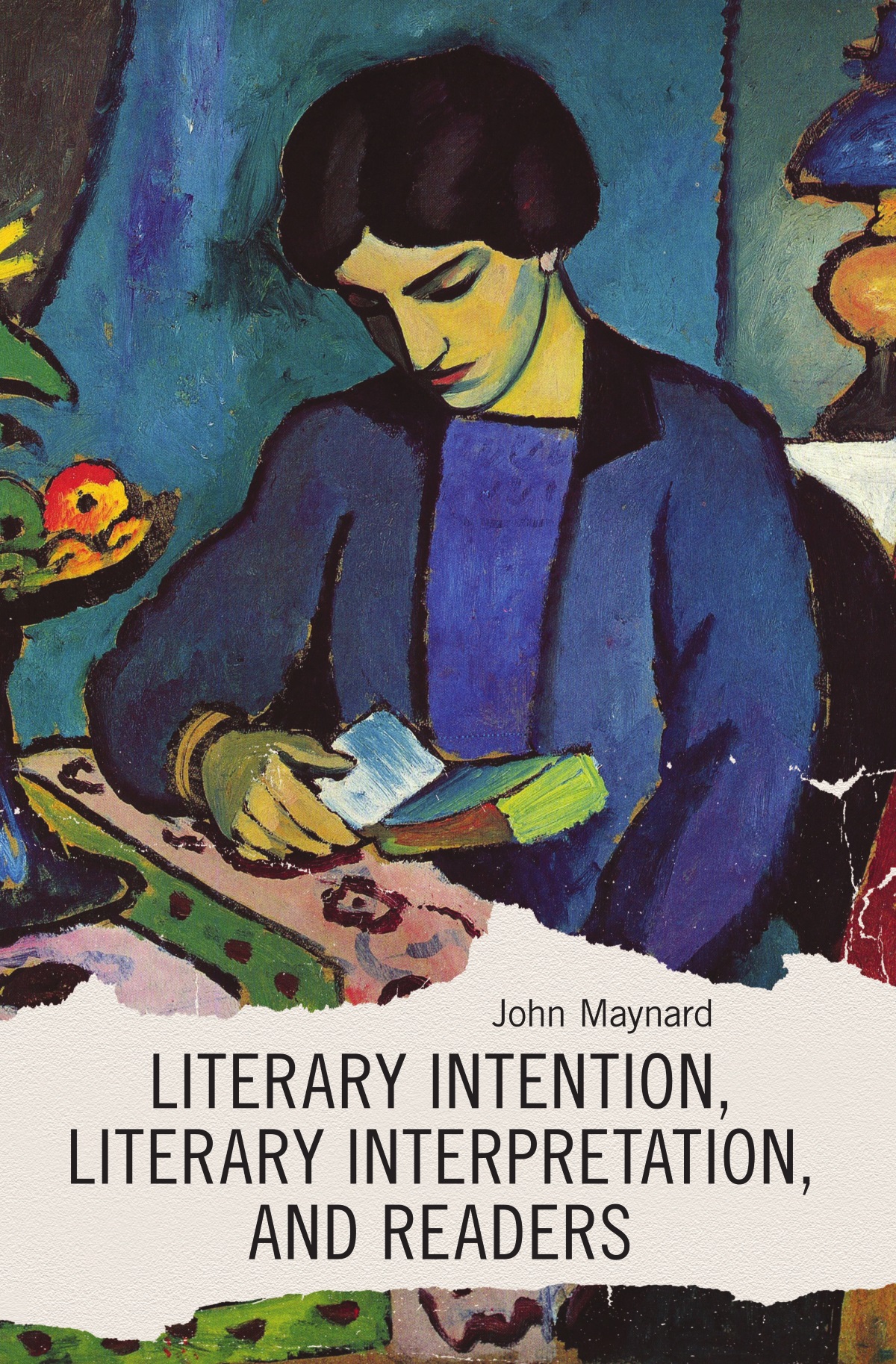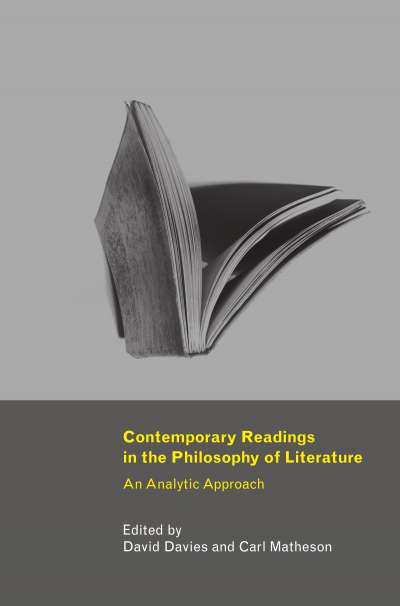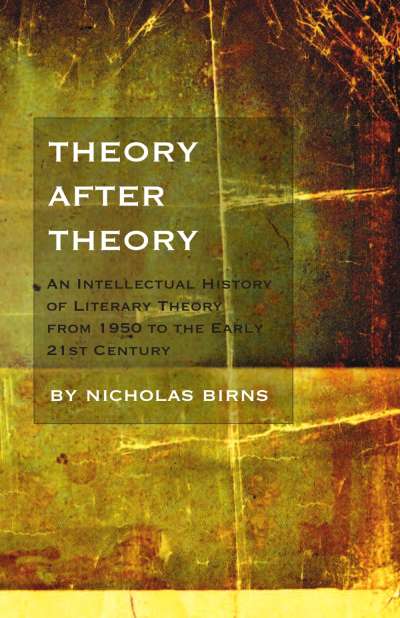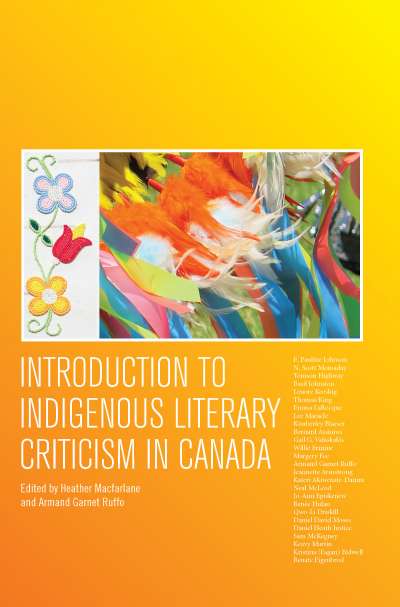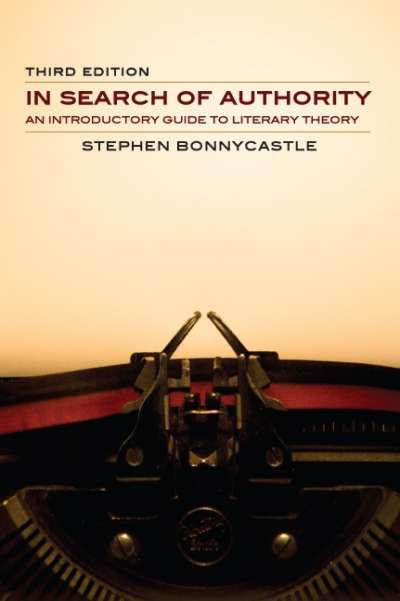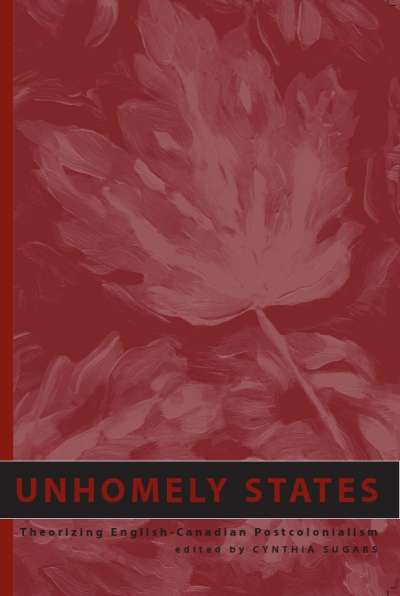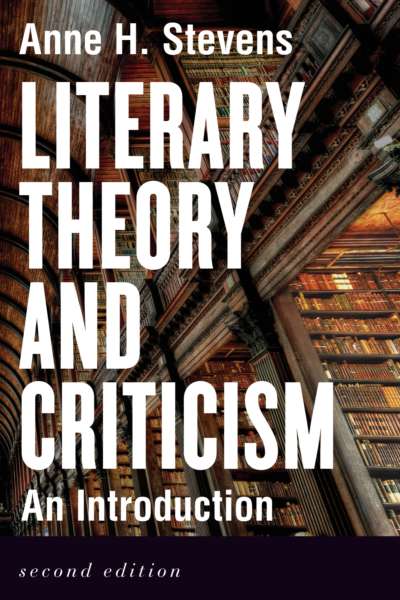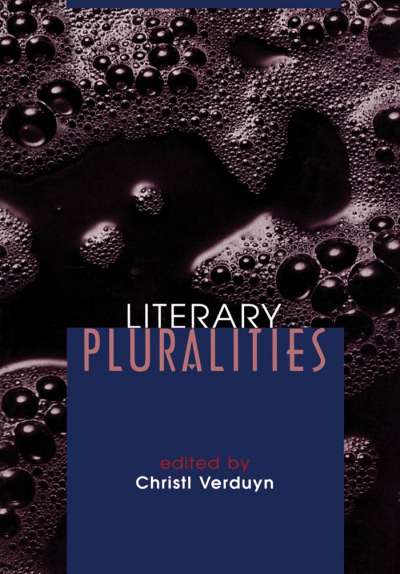This accessible, personal, and provocative study returns to the major subject in literary discussion before and during the relatively recent flourishing of literary theory, that of literary intention. Does the author’s personal intention or historical site determine a correct interpretation of a literary work?
Probing the entire range of issues connected with this many-faceted and knotty concept, this book engages with interpretation on both theoretical and practical levels. It argues that the hard questions about interpretation connected to issues of intention cannot be sidestepped or ignored. It does not argue for conservative concepts of literature itself, nor against the major historical engagements of critics in our time. But in addressing those who continue to read or teach literature, it does insist on a level of sophistication in issues of literary interpretation that cannot be assured by historical research and knowledge of the social and cultural connections to literary works. The overall aim of the work is to recall readers to the great complexity, pleasure, and interest of literary interpretation.
Comments
“At last—a book on literary theory and interpretation that is as refreshing and as accessible to students and general readers as it is provocatively challenging to the professoriat. John Maynard’s essays are absorbing, probing, and inspiring in their broad re-thinking of the foundations of interpretation and the potential creation of a utopian moment of reader freedom, unencumbered by the stultifying models of monolithic interpretation. The scholarship is impressive, the style vibrant, the arguments forcefully stated, and the constructive power of diverse readers and readings eminently apparent.” — Lewis Kamm, University of Massachusetts Dartmouth
“What is it to be a reader, as opposed to the author or the language, of a literary text? This was one of the regulating questions of literary criticism a generation ago. John Maynard’s Literary Intention is a comprehensive work of intellectual history that investigates the concepts and theories that once animated intense debates about intentionality, reception-aesthetics, and ideology-critique. At the same time, it locates the reasons why critics began to weave cultural tapestries around texts instead of interpreting them. By turns critical and elegiac, Maynard’s book is written with enviable clarity and grace. It will prove indispensable for courses on the history of criticism, not to mention our efforts to explain how we got to where we are now.” — Gerald Bruns, University of Notre Dame

